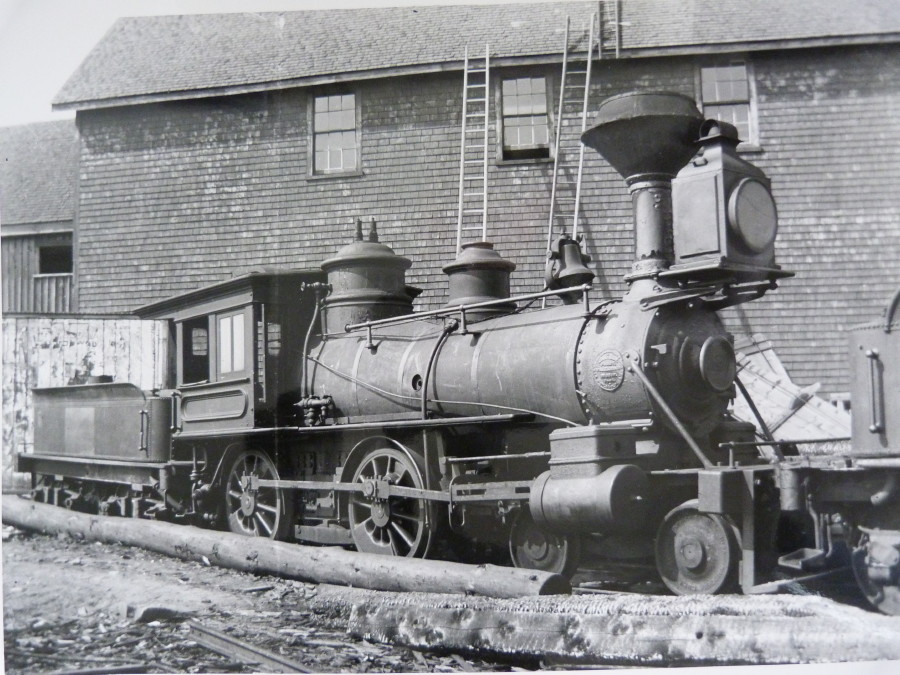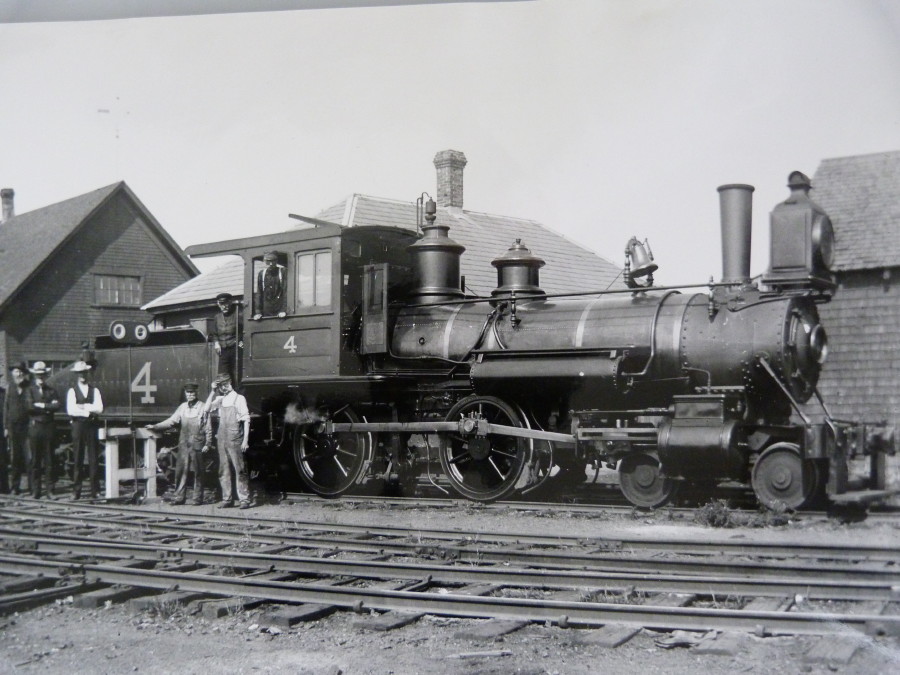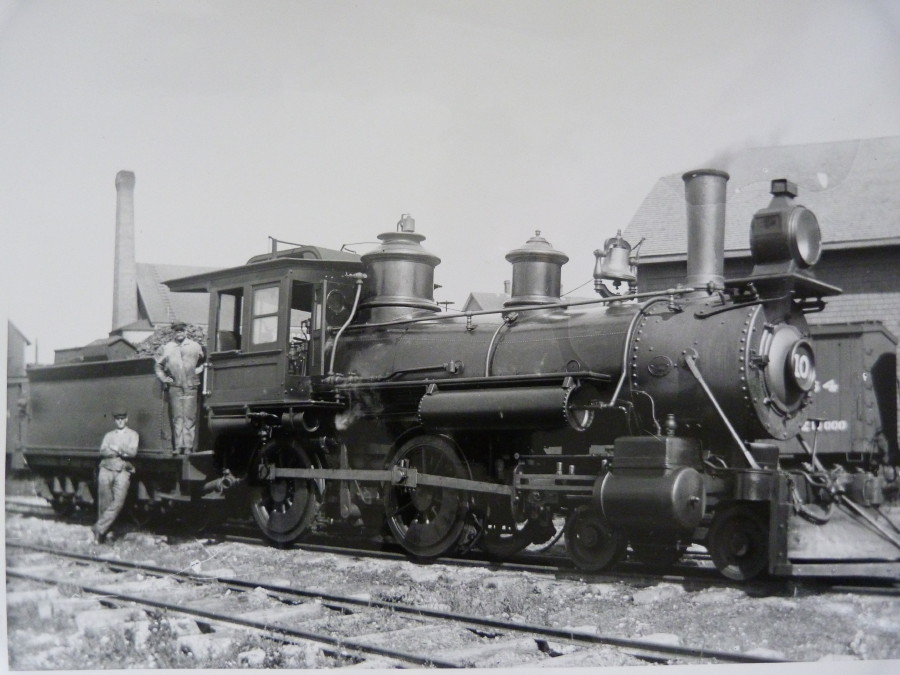Prince Edward Island (PEI) is Canada’s dinkiest province, just off the coast of Nova Scotia. It is best known for red soil, potatoes and Anne of Green Gables. Back in 1871 the PEI government (it wasn’t a province of Canada yet), embarked on building its own 3’6” gauge railway. Known informally as “Colonial” gauge, it wasn’t that much different visually from 3 foot gauge.
The built lines were taken over by the federal government after PEI joined Canada in 1873. They were operated under the Prince Edward Island Railway identity until they became part of the Canadian Government Railways in 1918 – soon becoming part of Canadian National Railways. At its peak the narrow gauge comprised roughly 170 miles of “main line”, with about 100 miles of branches, so it was quite an extensive system.
Being an island, it was a pain to trans-load everything from ship-to-rail, so a program of standard gauging was begun in 1919, whereby standard freight cars could arrive by car ferry and continue right to their destination. The complete elimination of narrow gauge didn’t occur until the last branch was converted in September, 1930 however, so the narrow gauge was quite long-lived.
Omer Lavallee in Narrow Gauge Railways of Canada, states the first locomotives were eleven 4-4-0Ts from England – and they were frightfully under-powered. These were soon supplanted by eight 4-4-0s, equally from Baldwin and Canadian Locomotive & Engineering in Kingston, Ontario. There were also four 0-4-4T Forneys, two of which were Mason Bogies.
These soon gave way to eighteen newer 4-4-0s from Canadian, built in spurts from 1882 through 1904. The numbering system can be a bit confusing because the newer locos took the numbers vacated by engines that had been scrapped. The last locomotives were quite large tenwheelers, also from Canadian, in batches of four in each of 1907 and 1918.
The following photos are all from the Canadian Archives, Andrew Merrilees Collection. I can't make out the engine number in this first shot, but I think this is a Baldwin builders plate. If so it's one of the earliest batch of 4-4-0s from 1874, numbered 11-14.

The next photo is of locomotive #4, built by Canadian in 1882. Note the slope-backed tender, so maybe it was a later photo taken when this lighter engine was being used as a switcher?

And last in this set is #10, getting larger than the earlier ones and built in 1887. Note the monitor roof.

More photos to follow.....



